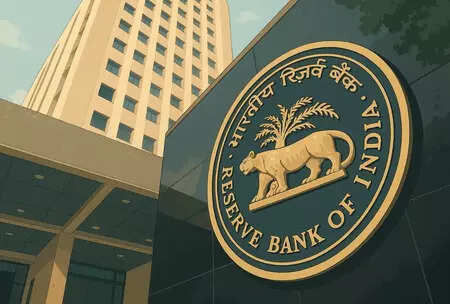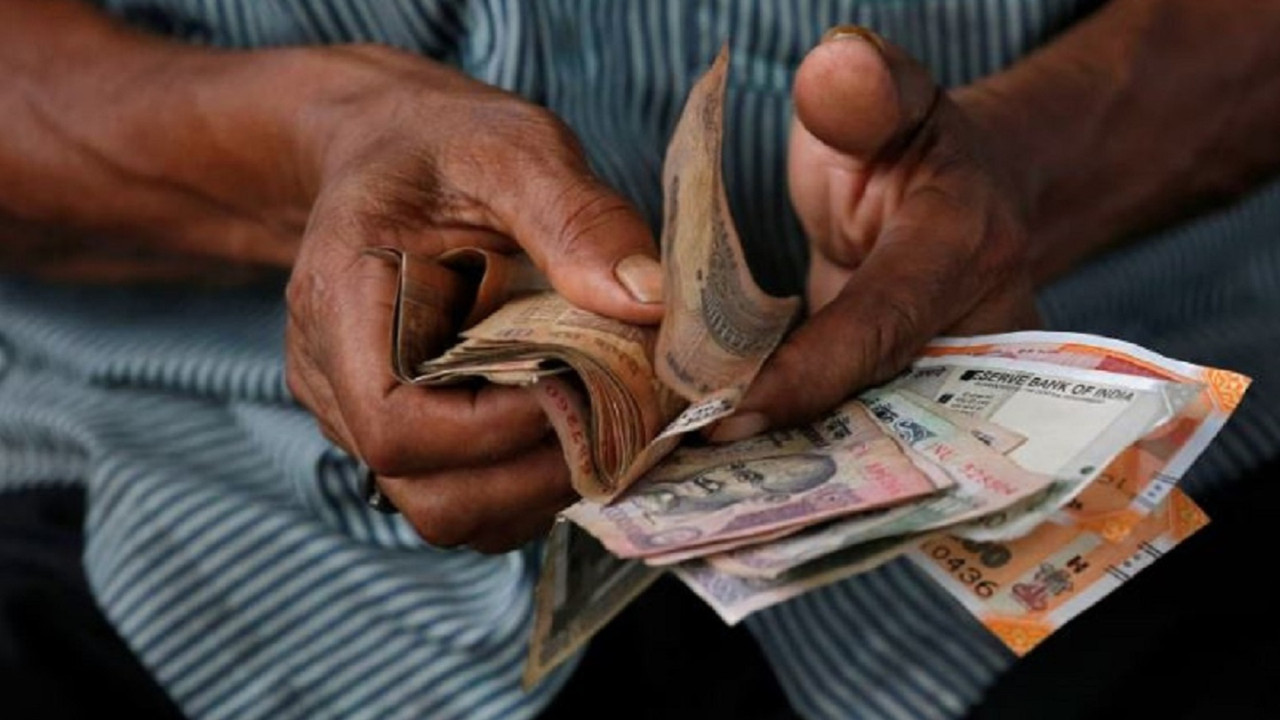A PayNearby report reveals that many MSMEs in India favor UPI for transactions. About 48% prefer UPI, followed by Aadhaar-enabled banking at 39%. Women entrepreneurs like Aadhaar banking more. Smartphones are key for business, used by 71% overall and 84% of women. Digital tools boost efficiency and income for small businesses.
Small Businesses Embrace the Digital Wave: A New Era for Indian MSMEs
The bustling marketplace of India is undergoing a silent revolution. Forget dusty ledgers and cash-only transactions; a new wave of digital adoption is sweeping across the country, transforming the way small and medium-sized enterprises (MSMEs) operate. It’s a story of resilience, adaptation, and a thirst for efficiency in the face of a rapidly evolving economic landscape.
What’s driving this transformation? The answer lies in a confluence of factors, including increased internet penetration, the widespread adoption of smartphones, and the government’s push for a digital India. But perhaps the most significant catalyst is the sheer convenience and cost-effectiveness offered by digital solutions.
UPI Takes Center Stage: A Payment Revolution
Imagine a world where sending and receiving money is as simple as scanning a QR code. That’s the reality for a growing number of Indian MSMEs, with more than half now preferring Unified Payments Interface (UPI) for their transactions. The reasons are clear: UPI offers instant payments, eliminating the delays and hassles associated with traditional methods like cash or checks.
Think about the small tea stall owner who can now accept payments from customers using any UPI-enabled app. Or the local artisan who can receive money directly into their bank account without having to deal with intermediaries. This seamless payment system is not just convenient; it’s empowering, leveling the playing field and enabling even the smallest businesses to participate in the digital economy. This shift to digital transactions also fosters transparency and accountability, reducing the risk of fraud and promoting financial inclusion.

Women Leading the Charge: Banking on Aadhaar
While the digital revolution is impacting all MSMEs, one particularly inspiring trend is the increasing participation of women entrepreneurs. Data suggests that women are at the forefront of adopting Aadhaar-enabled Payment Systems (AePS) for banking transactions. This is particularly significant in rural areas, where access to traditional banking services may be limited.
AePS allows individuals to access their bank accounts using their Aadhaar number and biometric authentication, making banking accessible even in remote locations. This technology empowers women, giving them greater control over their finances and enabling them to participate more actively in the economy. It’s a testament to the power of technology to bridge the gender gap and create opportunities for all. For related reading, consider exploring our article on [Financial Literacy for MSMEs](Internal Link).
Online is the New Main Street: Small Businesses Going Digital
The shift towards digital is not limited to payments. Many MSMEs are now embracing online platforms to expand their reach and connect with customers beyond their immediate locality. From creating simple websites to listing their products on e-commerce marketplaces, small businesses are finding new ways to reach a wider audience.
This digital presence is not just about increasing sales; it’s also about building brand awareness, gathering customer feedback, and improving overall business operations. By leveraging the power of the internet, MSMEs can compete with larger businesses and thrive in today’s competitive market. This move toward digital platforms helps the small business with digital adoption by using the internet to its advantage.
The Road Ahead: Challenges and Opportunities
While the digital revolution is transforming the landscape for Indian MSMEs, challenges still remain. Digital literacy is a key barrier for many small business owners, particularly in rural areas. Access to reliable internet connectivity is another obstacle, hindering the adoption of digital solutions in many parts of the country.
However, these challenges also present opportunities for innovation and growth. By investing in digital literacy programs, improving internet infrastructure, and developing affordable digital solutions tailored to the needs of MSMEs, India can unlock the full potential of its small business sector. The future is bright for Indian MSMEs, and digital adoption is paving the way for a more prosperous and inclusive economy.
Ultimately, the story of Indian MSMEs embracing digital technologies is a testament to their adaptability and entrepreneurial spirit. As they continue to adopt these tools, they are not only transforming their own businesses but also contributing to the growth and development of the Indian economy as a whole. The digital age has arrived, and small businesses are leading the charge.
Slug suggestion: small-businesses-digital-adoption







